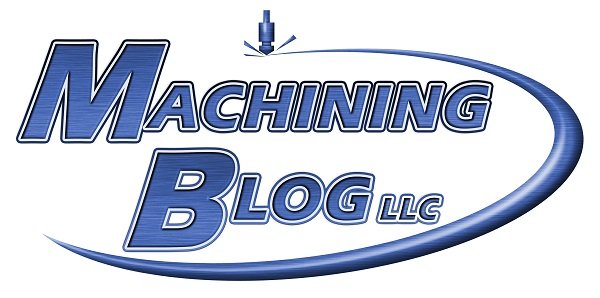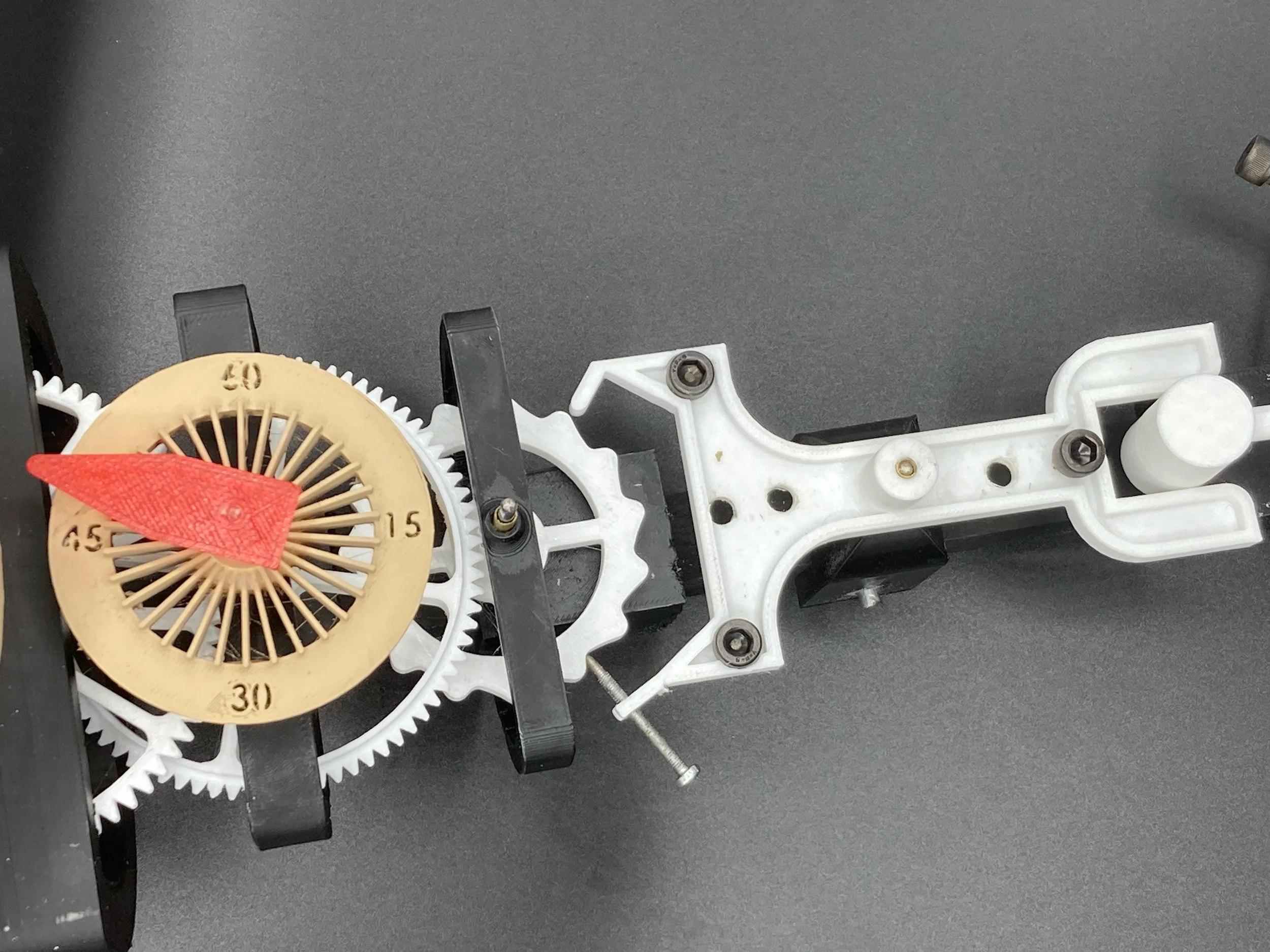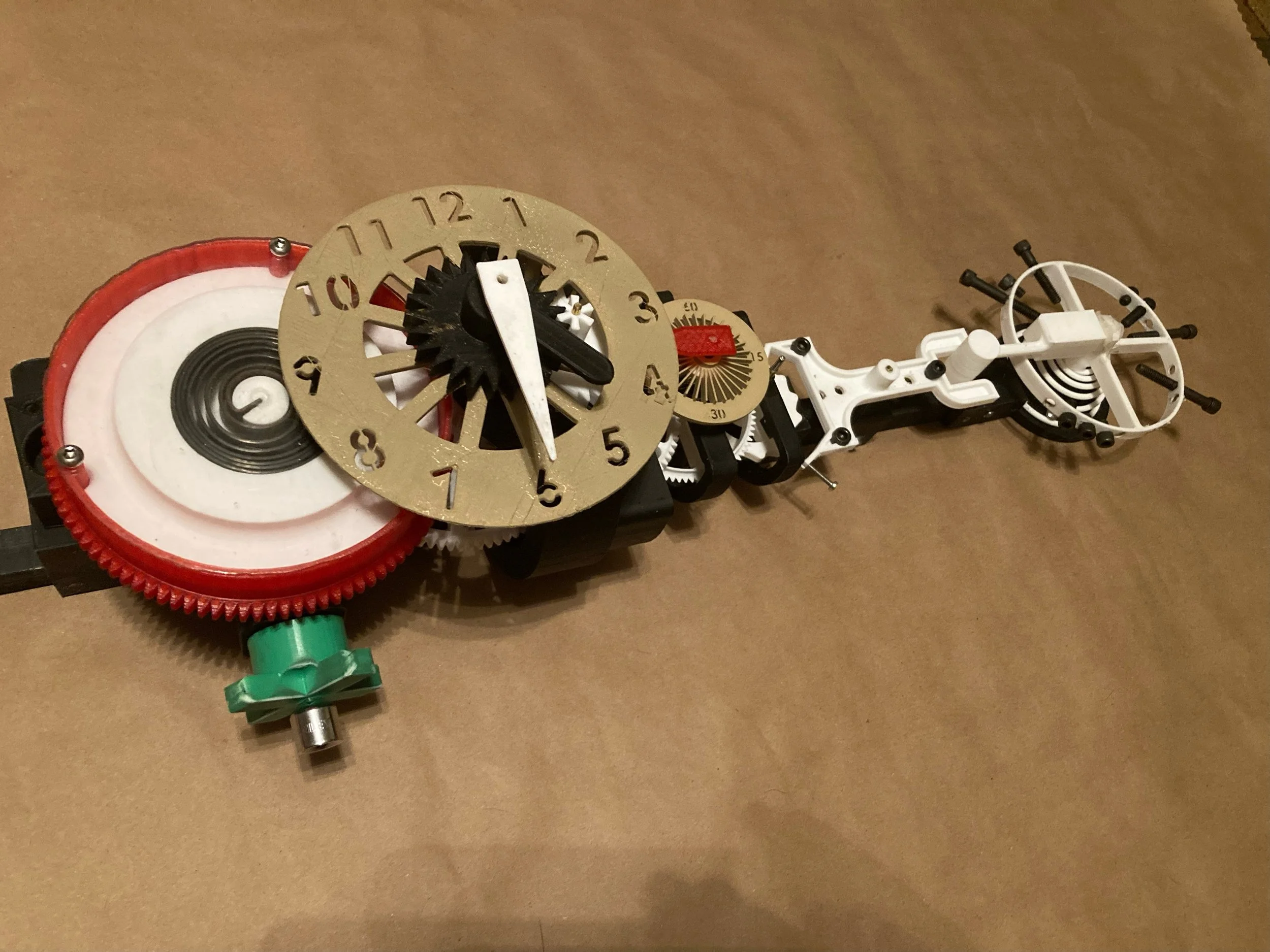Over the past 10 years, productivity in the manufacturing industry has increased 1.2% compared to 2.6% in the previous 7 years. Emerging technology trends are disrupting the manufacturing industry, creating a need for increased innovation to remain competitive.
Machining.Blog® is a weekly blog focused on manufacturing career development. It features blog articles on the fundamentals of manufacturing for aspiring machinists. Our goal is to create an interest in manufacturing in the USA. Our writer Matthew Schowalter has worked in manufacturing for 24 years, and he covers the topics that matter to someone starting their career in manufacturing.
“The soft skills the machinist uses are the unseen tools in their box and can directly impact the success or failure of a dreamed after machining career.”
















